
The conflict between a protagonist and antagonist is at the heart of nearly every compelling story. Everything else, including the other characters and the plot, stems from this conflict.
Through this dynamic, tensions are created, stakes are risen, and the theme of the story comes to life.
We may understand what makes a protagonist and what makes an antagonist, but what is it about them and their conflict that shapes the course of a narrative? How do we use their relationship to inform the rest of the story?
In today’s article, we’ll explore these questions in depth, breaking down what makes the protagonist-antagonist dynamic so unique and critical to the stories we know and love, and how we can adopt these techniques into our own writing. So, buckle in, because it’s going to be a rollercoaster of a ride!
Table of Contents
- What is a Protagonist?
- What is an Antagonist?
- How the Protagonist-Antagonist Dynamic Shapes Storytelling
- Famous Protagonist vs. Antagonist Battles in Movies
- Creating a Protagonist with Flaws and Depth
- Conclusion
What is a Protagonist?
The protagonist is the central character of a story, who typically drives the plot forward. Traditionally, we see this person as the hero, but this isn’t always the case.
At their core, protagonists are the characters with whom the audience should identify, root for and emotionally invest in. Alongside the challenge of their flaw, they will face internal and external conflicts that challenge their beliefs, desires, and goals to push them to grow and change.
This growth journey will mostly focus on overcoming external obstacles (notably the antagonist), with an internal struggle alongside. This combination of internal and external conflict helps make the protagonist multi-dimensional, with both strengths and flaws that ultimately make them human, and as authentic as possible to an audience.
Example:
In modern storytelling, we don’t always need them to be flawless and virtuous, but rather compelling and/or relatable. Remember, all good protagonists have a flaw that they must battle with throughout their journey to their goal.
Walter White from Breaking Bad is a prime example of a protagonist who cannot be defined as purely ‘good’. While he is portrayed as a mild-mannered high school chemistry teacher when we first meet him, as he dives deeper into the world of drug manufacturing, he quickly becomes a much darker figure.
By the end of the series, he is far from what we would consider the traditional ‘good guy’, but this doesn’t make him any less relatable. We are drawn into, and like his character, because of his inherent humanity, and very relatable struggles. We find ourselves rooting for him despite his morally questionable actions.

Similarly, Michael Corleone’s character in The Godfather transforms from a stoic familial outsider to ruthless Mafia boss and head of the family. Michael’s internal battle between his moral compass and family loyalty makes him deeply engaging as a protagonist, even though he becomes a character of dubious ethics by the end of the movie.
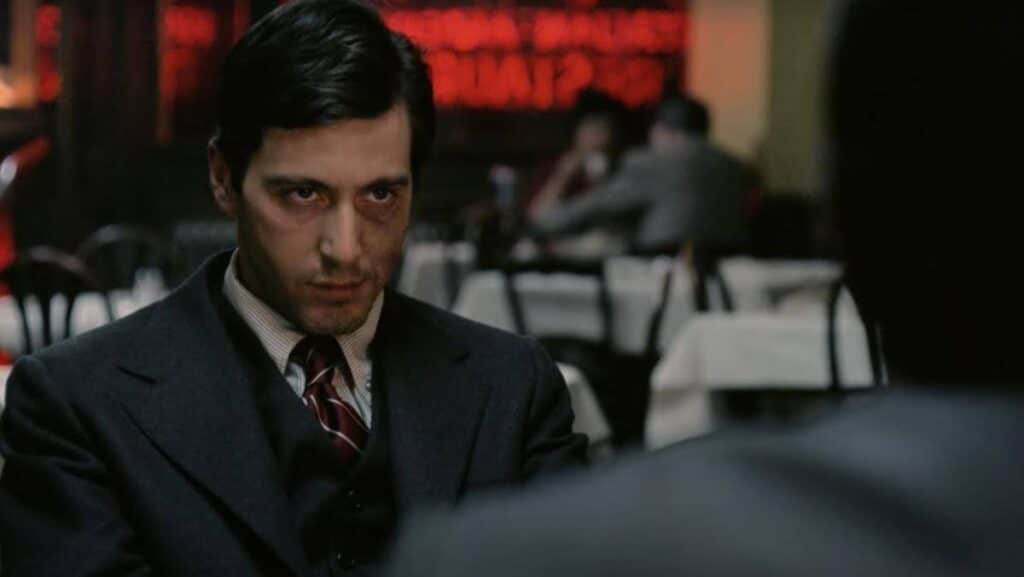
If you’d like a deeper dive into what makes an effective protagonist, our dedicated blog, ‘What is a Protagonist? Understanding the Main Character’ is the perfect place to start.
What is an Antagonist?
An antagonist isn’t always just a single person. It could be a group or even a force that oppresses the protagonist’s goals and desires. They are usually depicted as the villain of the piece, but there are times where this isn’t the case.
Let’s think of the antagonist as a force, either as a societal structure, internal struggle, or even a natural disaster. It doesn’t even need to be visible. Abstract antagonists have been successful in Hollywood, such as time used in The Curious Case of Benjamin Button (2008) or fate in The Truman Show (1998).
They don’t necessarily need to be inherently evil, malicious or even human. It’s easy to forget that the antagonist is there to create conflict and challenge the protagonist while driving the narrative forward.
Example:
Think Miranda Priestly in The Devil Wears Prada. Yes, she’s a formidable fashion magazine editor and challenges protagonist Andy’s career goals, values, and sense of self, but she isn’t necessarily a villain.
Instead, she creates conflict through her demanding, uncompromising attitude. This doesn’t mean she’s an any less effective antagonist, but rather presents high-stakes obstacles for Andy to overcome, forcing her to reconsider her values and goals.
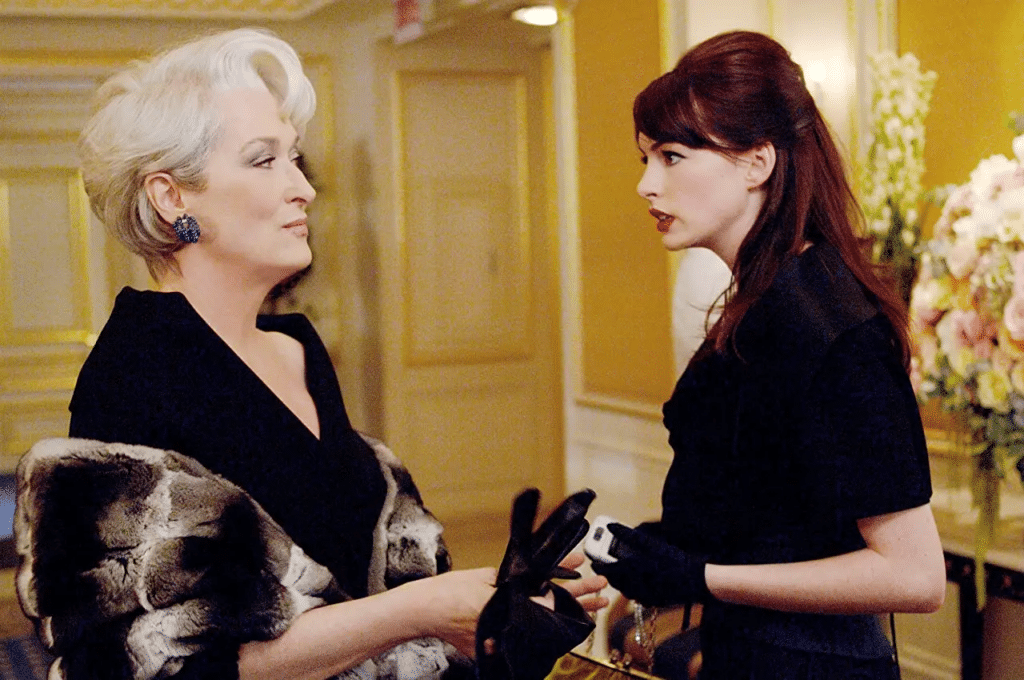
Buzz Lightyear is also an effective antagonistic force in most of Toy Story. His arrival threatens Woody’s position as Andy’s favorite toy, their rivalry creating conflict throughout the movie. However, as the story progresses, protagonist and antagonist work together against the true antagonistic force.
Their own insecurities, jealousy, and fears of being replaced overwhelm the initial tension between them, adding emotional depth to Woody and Buzz’s dynamic.
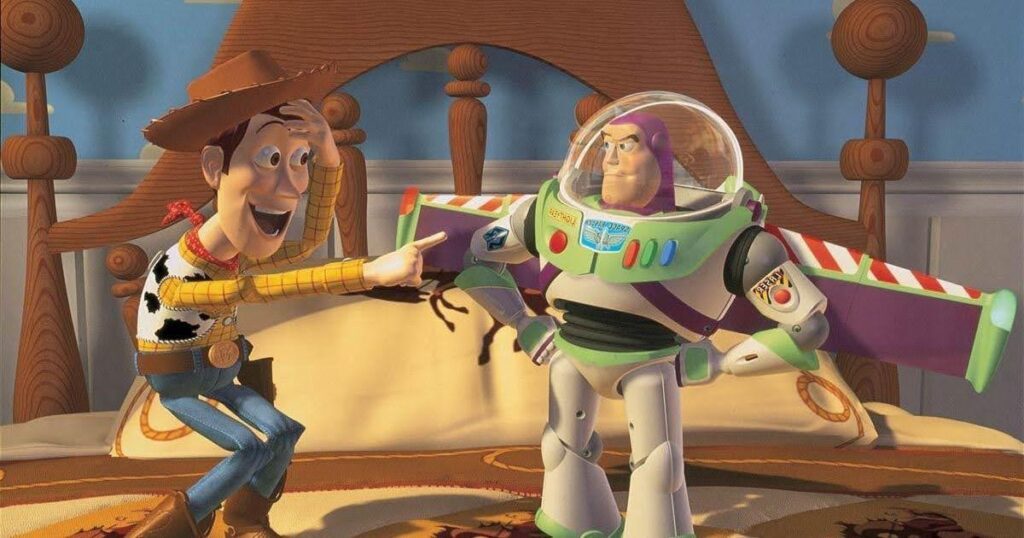
You guessed it! We also have a fantastic article on writing compelling antagonists. Check it out here.
How the Protagonist-Antagonist Dynamic Shapes Storytelling
As we know, the dynamic between the protagonist and antagonist creates conflict and drives the narrative. Whether in tragedy, comedy or action, the protagonist’s struggle against antagonistic forces keeps our eyes glued to the screen.
Without a compelling antagonist, a protagonist is in danger of lacking directing or purpose, with no reason to adapt, change or evolve.
Consider this. If John McClane wasn’t caught in the battle to rid his estranged wife’s workplace of terrorists led by Hans Gruber, would he have gone through the character arc he did? The short answer is no.
The conflict between McClane and Gruber intensifies with each of their encounters, ramping up the movie’s stakes. McClane is fighting both for his own survival, and for the safety of the people he loves. Through his ordeal, he realizes the love he has for his wife, completing a redemption arc as a husband and father. Gruber plays a vital role in McClane’s character development, forcing the protagonist to confront his own vulnerabilities and eventually evolve into a stronger character.
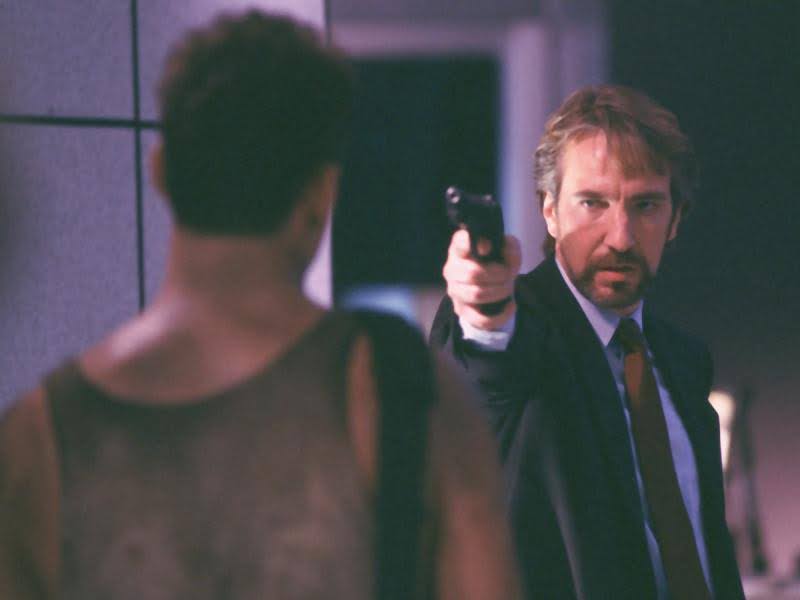
It’s not just in action where this dynamic can have such a profound impact. In comedy classic Ferris Bueller’s Day Off, Principal Rooney isn’t what we’d call a traditional villain, but someone whose obsessive pursuit of Ferris throughout the day provides a source of conflict.
Rooney’s inability to catch Ferris leads to comedic moments and forces Ferris to think of his feet, showcasing his character’s wit and charm. The tension between protagonist and antagonist in this case drives the plot, while supporting Ferris’ character arc.
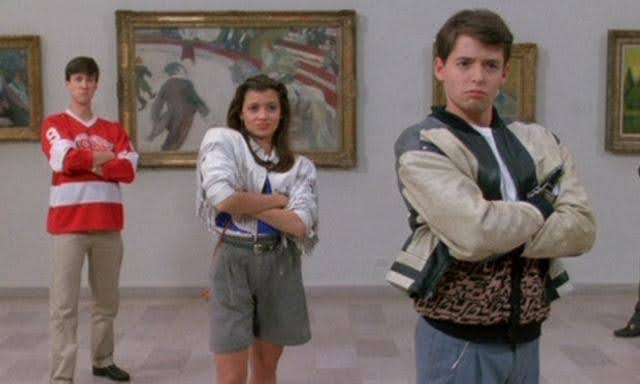
Ready to build unforgettable rivals?
Celtx can help you craft both heroes and villains with ease.
Start your free trial!
Famous Protagonist vs. Antagonist Battles in Movies
Some of the most iconic film moments in history are unforgettable interactions between protagonists and antagonists. It’s no wonder when they help drive the plot and shape the character arcs, contributing to the movie’s overall impact.
Let’s take a look at some of the most memorable moments from cinematic history, and how protagonists and antagonists have been making each other’s lives difficult!
Round 1: Harry Potter vs. Voldemort
From the moment protagonist Harry discovers the wizarding world and his impact on it, he becomes embroiled in an extensive battle not just for his life, but also for the survival of the magical community. While Harry is the embodiment of innocence when we first meet him, Voldemort is the complete opposite, harboring fear, evil and tyranny.
The battle between Harry and Voldemort is a personal one, using physical strength and magical ability, but there is more at stake. Throughout the book and movie series, we learn more about the wizarding world, and the ideologies in conflict with one another.
On the one side, Voldemort and his followers believe in blood purity and the subjugation of Muggles (non-magic people), while Harry, shaped by his parents’ legacy and the friendships he forms as he becomes fully embraced in the magical world, believes in hope, compassion and resistance to persecution.
While the relationship between Harry and Voldemort drives the story forward, with the stakes raised further as we learn that ‘neither can live while the other survives’, it also has a profound impact on the wider world.
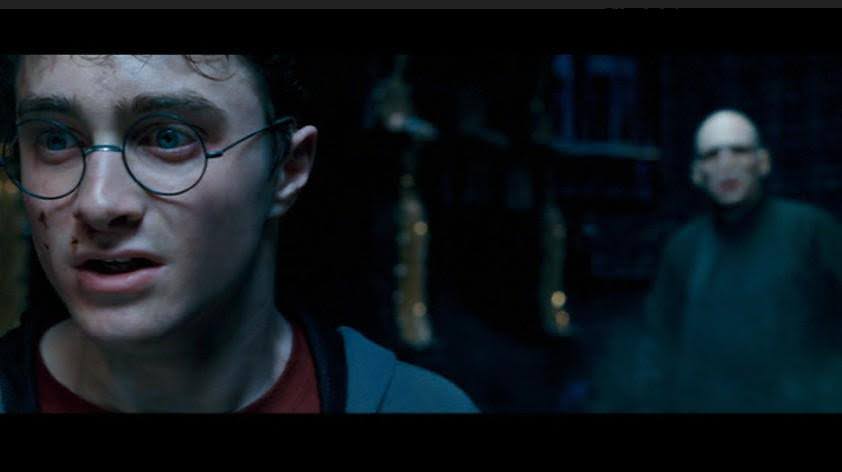
Round 2: Forrest Gump vs. Society
The primary conflict for Forrest isn’t in another person, but between hum and the various societal forces and expectations that shape his life.
Born with a low IQ, Forrest is considered incapable of achieving much in life by those around him. Societal expectations mean he’s often overlooked, underestimated and pushed aside. It’s through his determination and kindness that he challenges these assumptions. He ultimately succeeds in this battle of wills and changes the course of history in subtle yet profound ways.
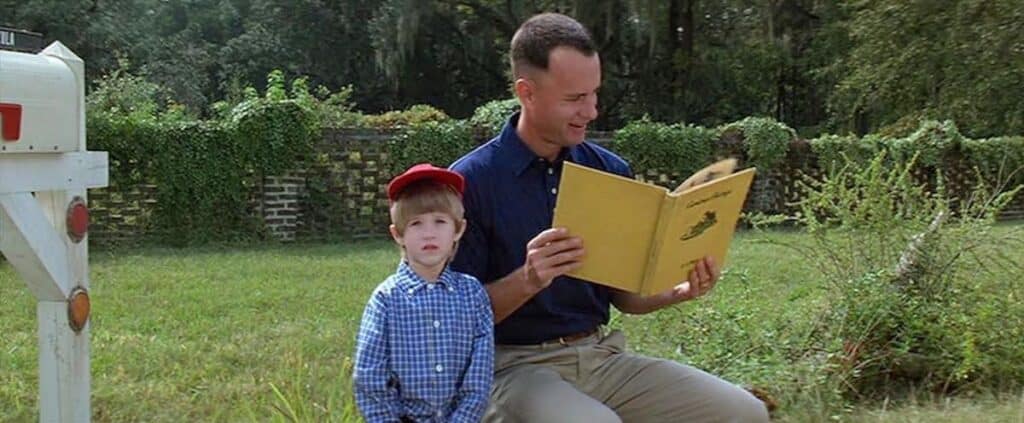
Round 3: T’Challa vs. Killmonger
In Black Panther, the relationship between protagonist T’Challa and antagonist Erik Killmonger is defined by their radically different views on what Wakanda should stand for and how it should relate to the rest of the world.
While T’Challa represents a sense of duty, tradition and responsibility, Killmonger wishes to share Wakanda’s technology and resources with oppressed black people around the world, even if that means overthrowing the monarchy.
Make every clash count.
With Celtx, create characters with depth and purpose.
Sign up today!
Here, the ideological clash is what causes the conflict and is at the heart of the movie’s narrative. Both these characters are great examples of protagonists and antagonists that aren’t clear cut. Neither are what we would call a ‘good’ or ‘bad’ person. Instead, they have opposing viewpoints, part of a larger philosophical and political debate.
This conflict ultimately forces both T’Challa and Killmonger to confront the nature of leadership and what it truly means to be a king.
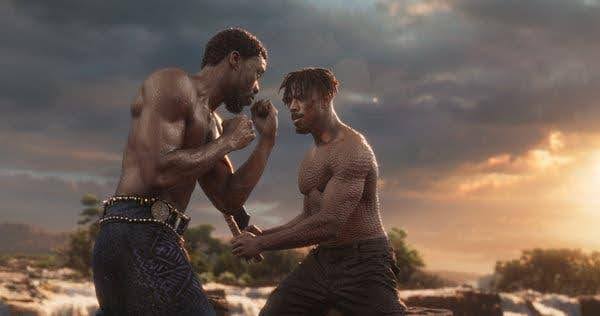
Round 4: Andy Sipowicz vs. Internal Demons
Of course, it’s not just in movies where we see compelling protagonist and antagonist battles. In NYPD Blue, Sipowicz, a deeply flawed cop, battles with alcoholism and his struggle to accept the man he has become. In this case, the antagonist isn’t another person or outside force, but his own inner turmoil.
Over the course of the series, Sipowicz tries to overcome his vices and become a better person. But to do this, he must deal with the consequences of his actions, reconciling with his own guilt, shame and anger.
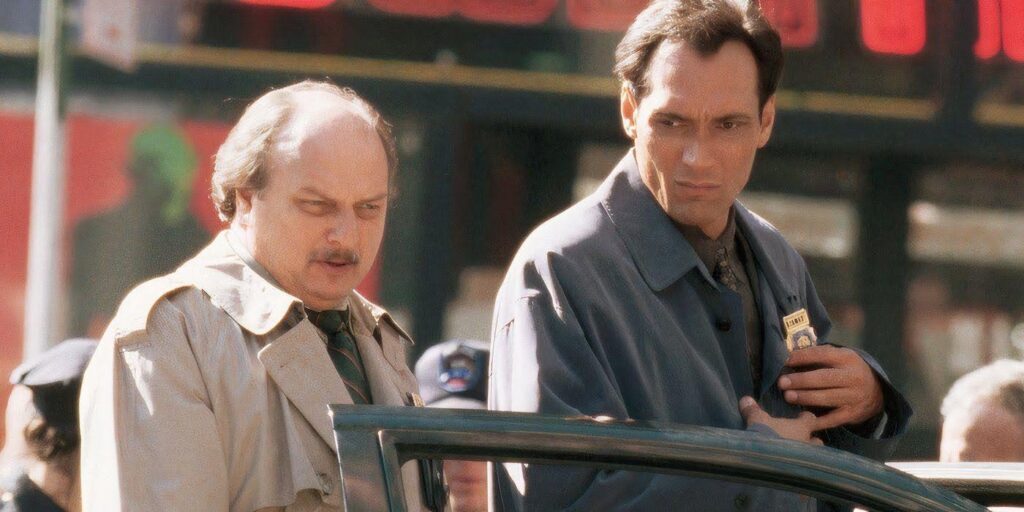
Creating a Protagonist with Flaws and Depth
Okay, so we know what constitutes a protagonist, and how they don’t necessarily need to be ‘good’ in order to be engaging and enrich the story. But how do we implement this into our own writing and create compelling protagonists for ourselves? Don’t panic, because we’ve got you covered.
First, we need the basics. What does your protagonist want and why? A character’s desires, whether selfish or for the greater good, should drive their actions and decisions.
Next, what is their flaw? This will be the thing that gets in the way of the protagonist achieving their goal, and should be a result of a past trauma or an aspect of their environment. Herein lies the internal conflict. For Walter White, his cancer diagnosis is the catalyst that pushes him into his journey. But it’s his pride, vanity, and fear of inadequacy that get in the way of his path to forging his criminal empire.
Make sure to introduce the flaw early on, so you can exploit it as much as possible. Humans are naturally contradictory in nature, so don’t be afraid to display different behaviors that don’t always align with their words.
Dr. Gregory House does exactly this; he’s a brilliant doctor despite his crass and emotionally distant nature, who is driven by a deep desire to save lives. While his demeanor may not say this, his actions speak very differently. It’s this contradiction in character that makes House one of the most fascinating protagonists in modern television.
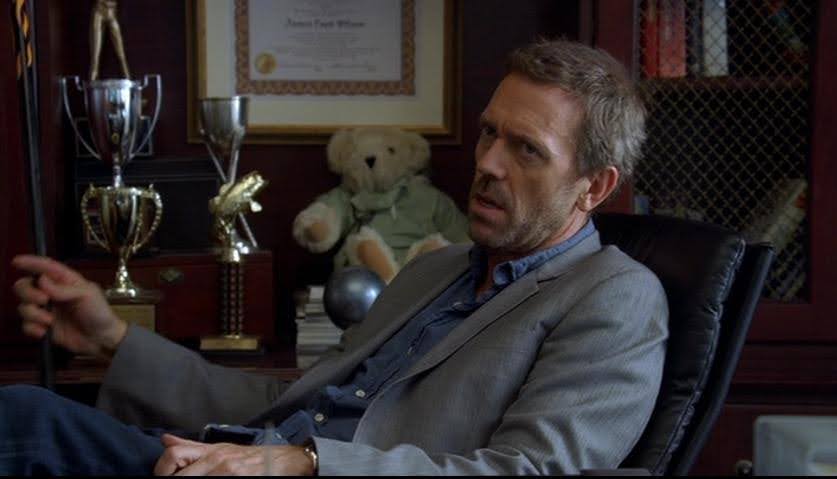
Conclusion
The protagonist-vs-antagonist dynamic is the driving force behind every great story. The tension between these opposing forces shapes character arcs, drives conflict, and heightens the stakes. Whether the antagonist is a villain, societal force, or internal struggle, it is this relationship that adds depth, meaning, and engagement to storytelling.
Start crafting your own powerful protagonist and antagonist today with Celtx.
Up Next:
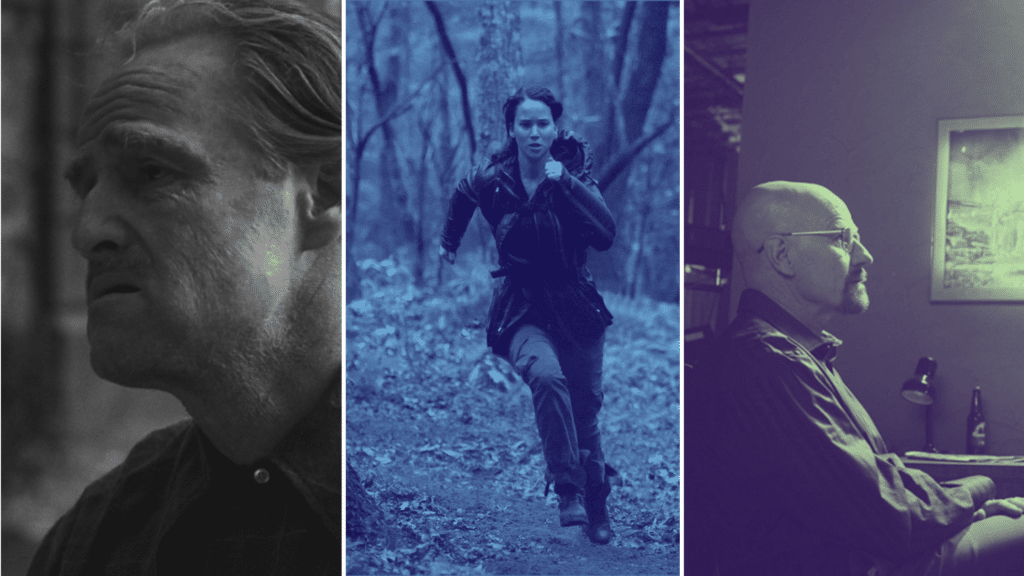
Conflict & Resolution: How to Build Tension in Your Screenplay
The tension between a protagonist and antagonist fuels your story — but that’s just one form of conflict. Learn how to use conflict in screenwriting to keep audiences engaged.
